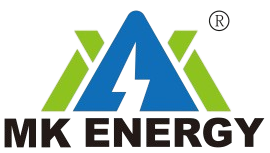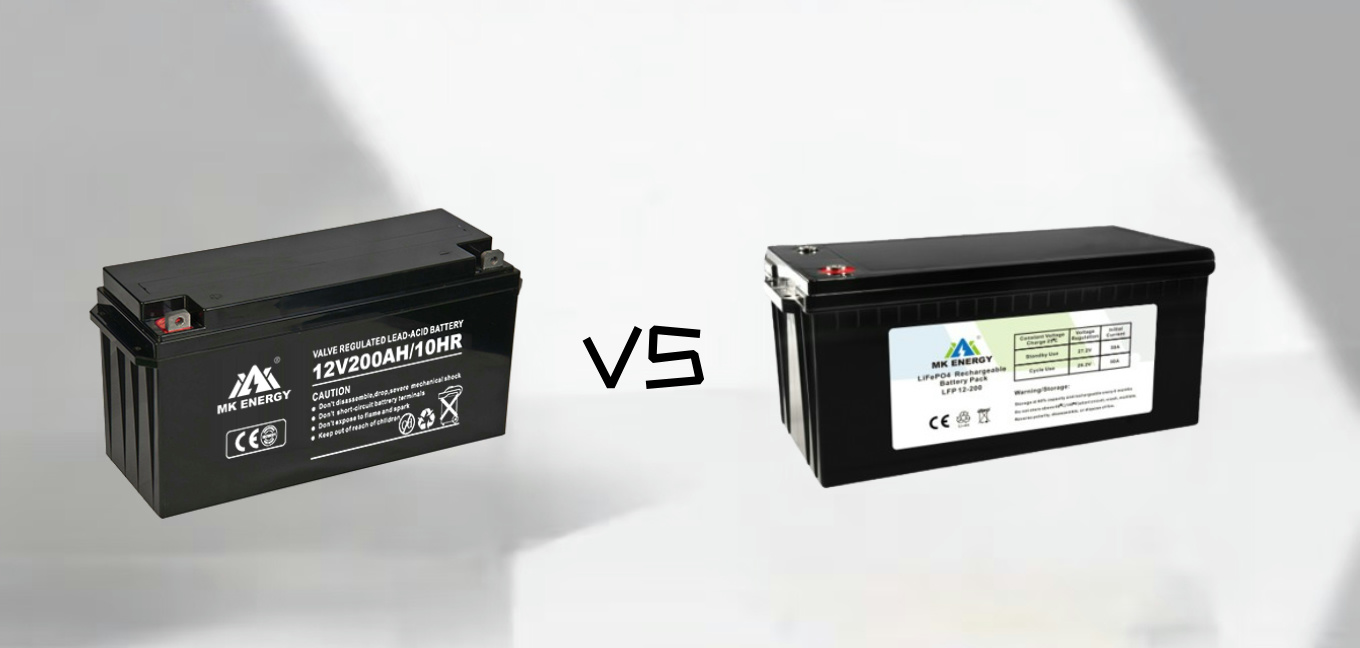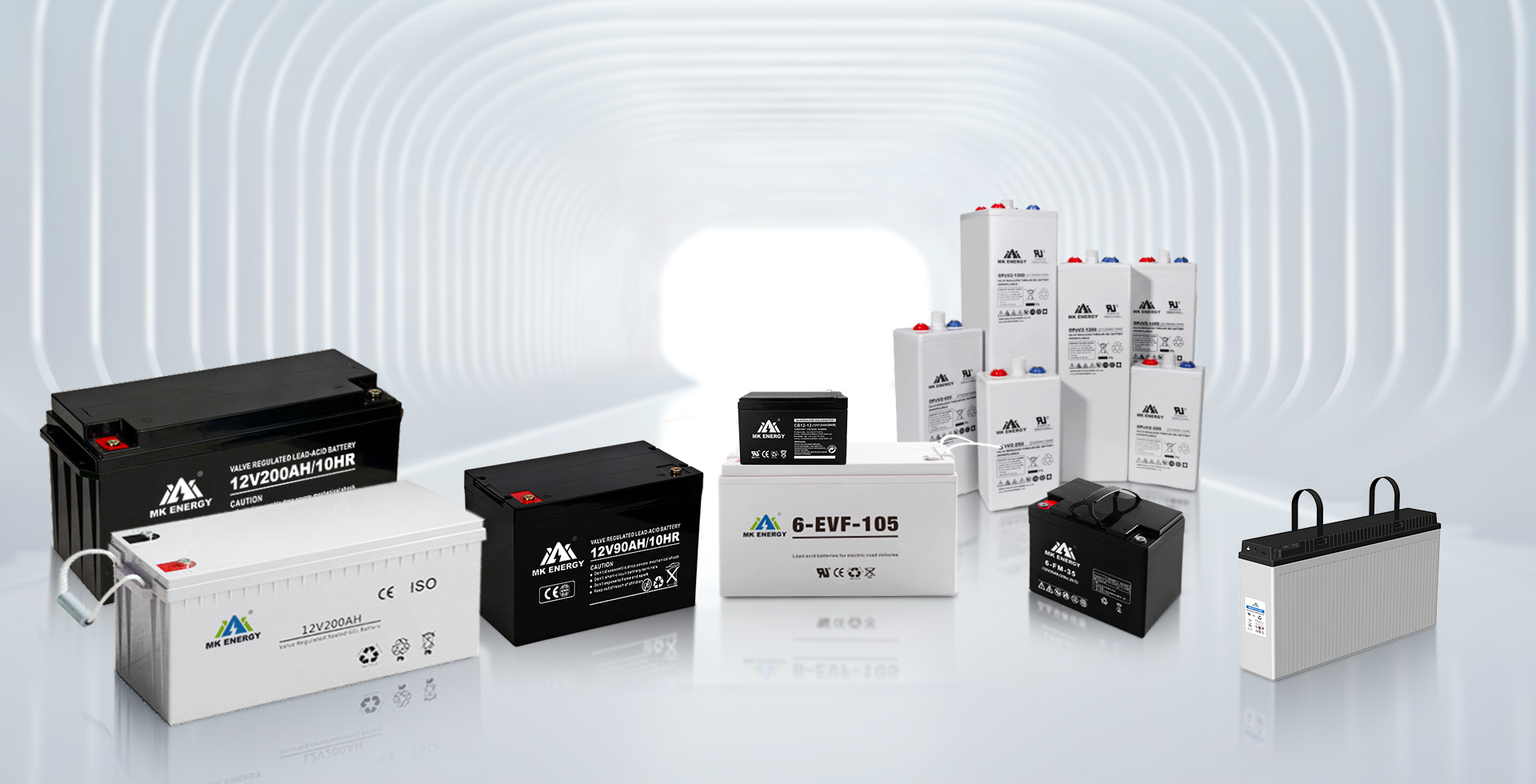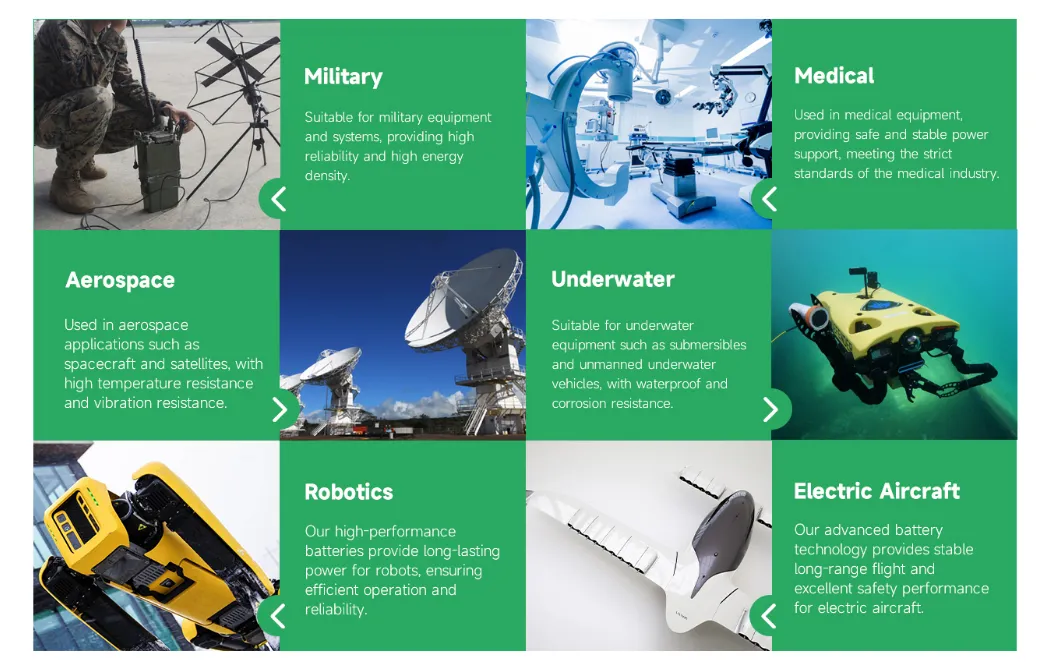In the evolving field of energy storage, lead-acid batteries and lithium battery packs have both made significant contributions to powering everything from household devices to large-scale industrial applications. While lead-acid batteries have long been the standard, lithium-ion technology has gained momentum in recent years, promising higher efficiency and longer lifespan. This article explores the advantages and disadvantages of both technologies in terms of energy storage efficiency, cost-effectiveness, cycle life, safety performance, and application suitability, ultimately providing insights into which battery type is the best choice for different scenarios.
Lead-acid Battery VS Lithium Battery
Energy Storage Efficiency
Lead-Acid Batteries: Lead-acid batteries have a lower energy density compared to lithium battery packs. This means they store less energy per unit of weight and volume, making them bulkier and heavier for the same amount of stored energy. Typically, lead-acid batteries offer an efficiency of around 70-80%, meaning that only a portion of the energy used to charge the battery can be effectively retrieved during discharge. As a result, they may require more frequent recharging and larger physical space to store the same amount of energy as lithium batteries.
Lithium Battery Packs: Lithium batteries, on the other hand, are known for their high energy density, meaning they can store more energy in a smaller, lighter package. They typically have an efficiency of 90-95%, which means a higher percentage of the energy used to charge the battery is available for use when discharged. This makes lithium battery packs a more efficient choice for applications where space, weight, and power performance are critical.
Verdict: Lithium battery packs are more energy-efficient than lead-acid batteries, offering better performance in terms of both energy density and efficiency.
Cost-Effectiveness
Lead-Acid Batteries: Lead-acid batteries are significantly cheaper upfront compared to lithium-ion batteries, which is a primary reason they remain popular in certain applications, particularly in industries with tighter budgets. The relatively low manufacturing cost of lead-acid batteries makes them an attractive option for short-term use, especially in backup power systems and older renewable energy installations.
However, the overall cost-effectiveness of lead-acid batteries is impacted by their shorter cycle life and higher maintenance needs. Over time, lead-acid batteries may require more frequent replacement and incur higher maintenance costs, which can add up.
Lithium Battery Packs: Lithium battery packs come with a higher initial cost, but their higher efficiency, longer cycle life, and lower maintenance requirements often make them a more cost-effective solution in the long term. Although the upfront investment is higher, lithium batteries can last much longer, which translates to fewer replacements and lower long-term operational costs.
Verdict: While lead-acid batteries are more affordable upfront, lithium battery packs provide better long-term cost-effectiveness due to their longevity and reduced maintenance.
Cycle Life
Lead-Acid Batteries: Lead-acid batteries typically have a shorter cycle life, ranging from 500 to 1,000 charge-discharge cycles depending on the type of lead-acid battery and how it is used. This limited lifespan can result in more frequent replacements and a higher total cost of ownership over time. They also degrade more quickly if discharged too deeply, making regular maintenance and care essential to prolong their lifespan.
Lithium Battery Packs: Lithium-ion batteries excel in terms of cycle life, typically lasting between 2,000 and 5,000 cycles, depending on factors such as usage, charging habits, and temperature. This significant increase in lifespan means that lithium batteries generally offer more value for money, especially in applications that demand long-term, high-performance operation.
Verdict: Lithium battery packs significantly outperform lead-acid batteries in terms of cycle life, making them the superior choice for long-term applications.
Safety Performance
Lead-Acid Batteries: Lead-acid batteries are generally safe to use but do have some safety concerns. They are prone to leakage of sulfuric acid, which can pose environmental hazards if not handled properly. Additionally, lead-acid batteries can emit hydrogen gas during charging, which, if not vented correctly, may lead to explosions in extreme cases. Proper installation and ventilation are critical to ensuring the safety of lead-acid battery systems.
Lithium Battery Packs: While lithium batteries are generally safe, they can present more significant safety risks under certain conditions. Lithium-ion batteries are prone to thermal runaway, which can cause overheating, fires, or even explosions if they are damaged or improperly charged. High-quality lithium batteries typically come with sophisticated Battery Management Systems (BMS) to prevent such issues, but poor handling or low-quality products can increase the risk. In recent years, however, advancements in safety features and certifications have made lithium batteries much safer.
Verdict: Both technologies have safety risks, but with proper handling, lithium-ion batteries are considered safe for most applications. Lead-acid batteries are somewhat safer in terms of fire risks, but they still require careful management.
Environmental Impact
Lead-Acid Batteries: Lead-acid batteries are recyclable, but the process can be environmentally damaging if not done properly. Lead is a toxic heavy metal, and improper disposal can lead to environmental contamination. However, many lead-acid battery manufacturers follow strict recycling protocols, and the overall recycling rate for lead-acid batteries is relatively high.
Lithium Battery Packs: Lithium batteries also have a significant environmental impact, particularly related to the mining of raw materials such as lithium, cobalt, and nickel. However, the recycling technology for lithium-ion batteries is advancing, and many companies are investing in recycling methods to reduce the environmental footprint. Although recycling rates for lithium-ion batteries are lower compared to lead-acid batteries, they are expected to improve as demand for electric vehicles and energy storage systems grows.
Verdict: Both lead-acid and lithium batteries have environmental impacts, but lithium battery recycling technologies are improving, and lead-acid batteries’ recycling process remains a challenge due to the toxicity of lead.
Their different application scenarios
Lead-Acid Batteries: Lead-acid batteries are still a popular choice for applications where the upfront cost is the primary consideration and where space constraints are not as critical. They are widely used in backup power systems, uninterruptible power supplies (UPS), and older renewable energy systems. In regions where cost is a more significant concern than efficiency, lead-acid batteries remain the go-to option.
Lithium Battery Packs: Lithium battery packs are ideal for applications where performance, efficiency, and longevity are paramount. They are widely used in modern renewable energy systems, electric vehicles (EVs), and high-performance backup power solutions. Their compact size, long cycle life, and superior energy efficiency make them the preferred choice in industries such as telecommunications, automotive, and energy storage.
Verdict: Lead-acid batteries are better suited for applications with lower energy demands, budget constraints, or where space is not a concern. Lithium battery packs are more suitable for advanced applications requiring higher energy density, longer lifespan, and better efficiency.
Which One is the Best Choice?
Both lead-acid batteries and lithium battery packs have their strengths and weaknesses. Lead-acid batteries are a cost-effective solution for short-term or low-demand applications, particularly in industries that rely on backup power or where budget constraints are a concern. On the other hand, lithium battery packs, with their higher energy efficiency, longer cycle life, and lower maintenance, are becoming the preferred choice for modern, high-performance energy storage solutions.
The best choice between the two depends on the specific needs of the application. For long-term investments, high energy demands, and applications where space and weight are critical, lithium battery packs are clearly the superior option. However, for smaller-scale, cost-sensitive applications, lead-acid batteries may still be the ideal choice. Ultimately, as technology advances, lithium-ion batteries are likely to continue their dominance in the energy storage market, offering both tradition and innovation in the pursuit of sustainable energy solutions.



